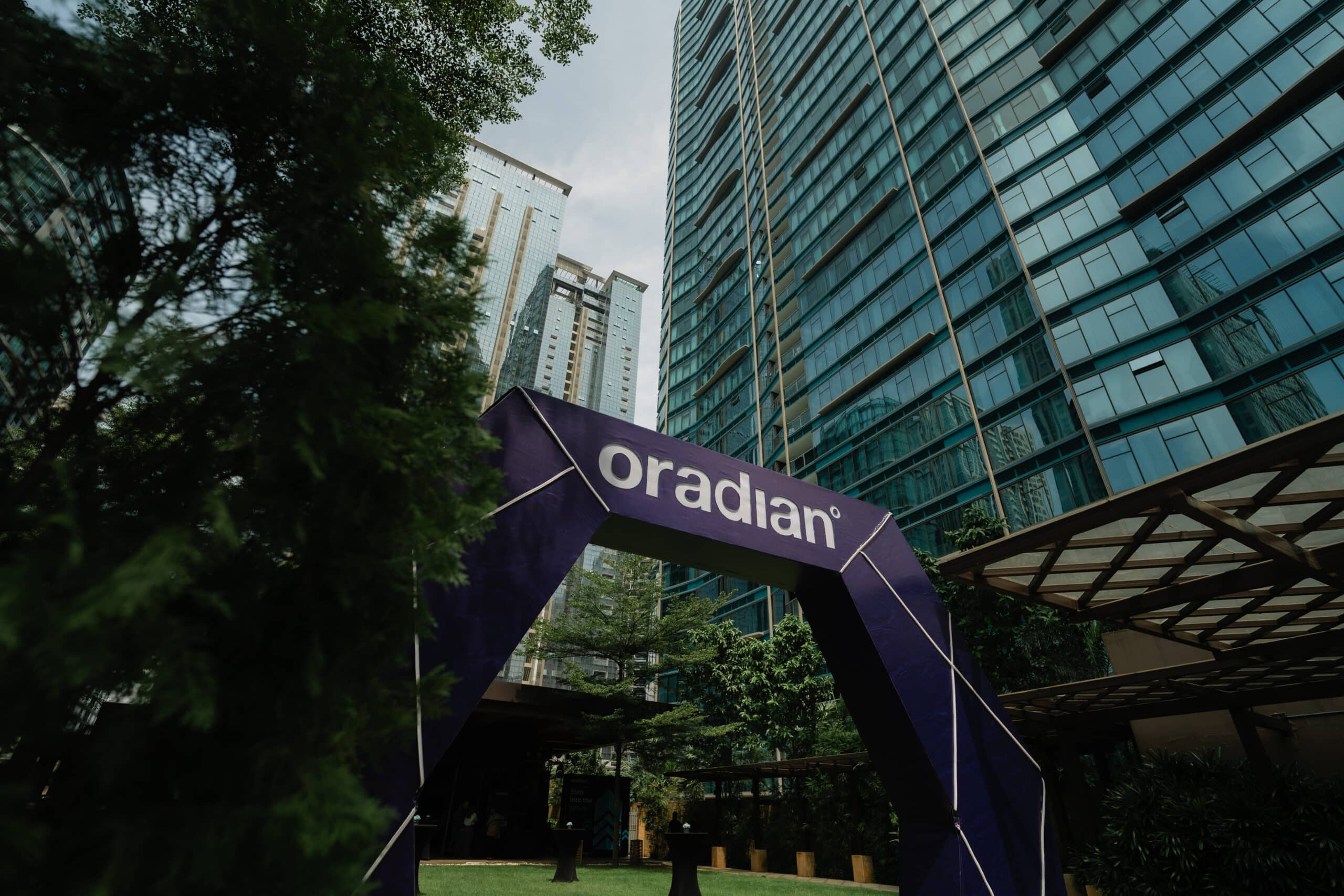For many institutions, the gap between a good year and a great year often comes down to how quickly you can launch, adapt, and deliver. And in banking and financial services, the system at the heart of your operations will decide whether those ambitions move at full speed or get stuck in the queue, which often makes the difference between getting to market in months instead of years, between testing bold ideas now and waiting for someone else to do it first, your core.
The problem is that for too many institutions, their cores were absolutely not built for the pace of today’s market. Which, to be fair to those cores, would be near-impossible considering they were often built 20 years ago. That’s right, traditional institutions usually only get around to changing their core once every 20 years, so their current core may have been implemented when YouTube had just launched, and Facebook was only open to university students.
Meanwhile, many of the challengers aren’t moving much faster, since the build vs buy debate has taken so many by storm and building your own core banking system takes an average 4.7 years. In that time, their competition could have launched and iterated multiple products all while expanding into new markets. Even well-funded fintechs are discovering that those years can be chaotic: with compliance changes that throw off timelines, vendor dependencies that cause bottlenecks, and the ongoing cost of recruiting specialised talent just to build something that can be bought very easily.
The opportunity cost here, for both business types, is enormous. We thought we’d try to put a number to it.
What’s the real cost of staying where you are?
The price of sticking with outdated or unfinished infrastructure often shows up in lost revenue, delayed market entry, missed partnerships, and higher operational overhead; like the 60% of tech budgets at institutions using legacy tech which goes towards RTB activities.
Example: Let’s run some numbers. Banks relying on outdated cores can see product launch cycles stretch 6-18 months longer than their digital-first competitors. That lag can easily translate to a 3-8% annual revenue leakage from missed pricing opportunities and unfulfilled customer demand.
Let’s take a mid-sized lender bringing in $12 million in annual revenue. A conservative 5% revenue loss from slow launches, missed cross-sell opportunities, and delayed partnerships is $600,000 a year gone. That’s not counting the internal costs of manual processes and maintaining a specialised team just to keep the lights on. Over a five-year cycle, that $3 million in missed opportunity before you’ve even factored in compounding growth. Then let’s add in:
- $500,000 a year in specialist engineering salaries required to keep legacy systems alive.
- $250,000 a year in compliance issues, such as manual reporting, hard-coded fixes, and patching for regulation updates. That’s assuming you aren’t fined for accidental non-compliance.
- $150,000 a year in lost productivity from internal teams slowed by workarounds and downtime.
That’s another $900,000 lost annually. In total, our $12 million lender could be down over $2.1 million in one year alone, purely because their systems can’t move as fast as they need them to.
Turning cost centres into growth engines
Ironically, the same infrastructure draining your resources could very well become the foundation that accelerates them, but that’s only if it’s built for speed and scalability from the very start. That’s where Oradian’s cloud-native core comes in.
With Oradian, product release timelines shrink to a few months, sometimes weeks, enabling the creation of entirely new revenue streams, such as launching a digital wallet ahead of the regional competition, onboarding a lending partner in a fraction of the time, or testing a micro-savings product without committing to a multi-year dev cycle.
Example: Take our hypothetical $12 million lender again. If their modernised core enables them to bring just one new product to market six months earlier, and that product generates an additional $200,000 a month, that’s $1.2 million in new revenue that may not have been previously possible. Not to mention, they’d also gain:
- Fewer outages, potentially saving $1.2 million in lost transactions and recovery costs from downtime being dropped from 6 days a year to less than 6 hours.
- An additional $2.5M in new revenue by being able to onboard 15,000 new customers in a new region without opening branches. Don’t think it’s possible? Check out our Esquire case study. They went from taking weeks to approve loan applications to seeking a $1 billion valuation.
- Compliance savings in the amount of $400,000 a year by automating reporting.
The total upside would come out to $8.1 million new funds, on top of the $12 million baseline.
Why switching to Oradian is a growth decision
Here’s what happens when you move to Oradian’s cloud-native core.
Faster time to market
Launch new products in weeks, not years, and test niche offerings without derailing your main business.
Lower operational drag
Automate compliance, reporting, and reconciliation so your team spends less time on maintaining base operations and more time driving growth.
Scalability without complexity
Serve more customers, add new markets, and handle seasonal spikes without recreating your entire system.
Built in resilience
Enjoy near-zero downtime with infrastructure designed for high performance.
Easy integrations
Connect instantly to scoring engines, onboarding platforms, payments providers, and distribution partners through a flexible API layer.
Regulatory confidence
Keep pace with local and global compliance changes without costly custom workarounds.
Cost predictability
Move from unpredictable budgets to a clear, subscription-based model that lets you reinvest in growth.
Ready to stop leaving money on the table?
Every month that you spend on maintaining outdated infrastructure or building your core from scratch is a month your competitors are winning deals and launching products. With Oradian, you can move faster and reduce operational waste, enabling you to unlock the growth you’ve been planning for.
If your 2026 roadmap includes new markets or better customer experiences, now is the time to make the switch.






